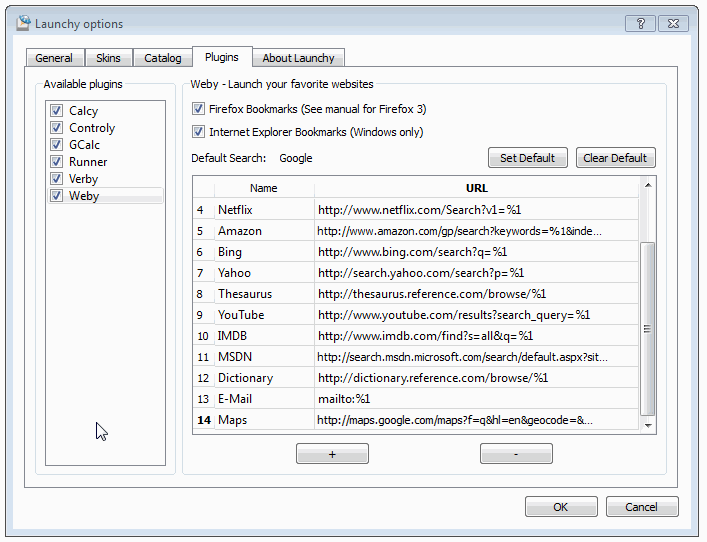With Twitter/NFL Deal, It’s All About Execution
It was recently announced that Twitter will begin streaming NFL games on Thursday nights. In yet another attempt to bring more users into the fold, Twitter has made a sizable investment in bringing the country’s biggest sport to its platform. The details are fuzzy at this point, so we don’t know the exact way this thing is going to shake out. But the devil is in the details, in this case. What this whole thing will actually look like will have a great deal to do with its success. To ride the rails of a fairly-tired cliche; We know the who, what, where, when, and (mostly) why. The biggest question mark revolves around how.
A while back, I heard Ben Thompson — tech analyst and host of the Exponent podcast — describe Twitter and its problems in a way that stuck with me. I’m paraphrasing, but he essentially said that issue is that Twitter is that its dealing with two groups of people — people who tried their platform and didn’t like it, and people who love it and never want it to change. Somehow, they have to placate both crowds. They have the tech. They certainly have the brand recognition. They just need more people. With the NFL deal, they’re going after new audiences. But trying to solve the problem of gaining new users might run them headfirst into their second problem — those who don’t want it to change.
For people (especially sports fans) who use the platform, Twitter makes and excellent companion to watching something on TV. You hear about companies looking to expand the “second screen experience.” That all started with Twitter. It was a way to share and interact around a centralized event — the Super Bowl, the Oscars, a big news story. You watch on your TV, and you follow along with others’ views (and share your own) on your phone. But Twitter is trying to make your second screen your first screen in this case. Which is all fine and good, but it opens the situation up to a paradox. How can one share their feelings about an event on social media when the social media platform is how they’re watching said event?
Twitter is a large company that employs a whole lot of people smarter than I, so I’m giving them the benefit of the doubt at this point. But if they want to keep the people they’re bringing in with the NFL offering and avoid ridicule from their current user base, they’re going to have to tread lightly. The experience is almost certainly going to have two elements. There will be the actual video stream, of course, and there will need to be a way for people to still read and share on the Twitter service. UI is key here. There are a lot of options for something like a laptop screen.
But how does this work on phones and smaller tablets? Will there be enough real estate for everything?
Let us not forget the fact that seemingly every time Twitter makes a change, people lose their minds. Most recently it was (probably rightfully so) algorithmic feeds, but there are countless other UI changes and other tweaks that drive the Twitter faithful crazy. Twitter is no doubt going to use its product to advertise the crap out of their NFL offering when the time comes. If that experience is lackluster, there will be noise about it.
If Twitter doesn’t nail this, NFL fans are going to happily return to watching on TV. CBS itself is even offering a stream of the games on their own platform, so it’s not as if Twitter has a monopoly here. There are other avenues fans can travel. Twitter is making a push — taking chances and working hard to bring their product to forefront of social media while trying desperately to take a bite out of Facebook’s current dominance. You can’t fault them for trying. But if history is any indication, they’re really going to need to nail this. They need to impress new customers while trying not to piss off the current ones. It’s an unenviable position. But a ten-year-old company that is still struggling to post profits needs to put themselves in that kind of position every now and again. They’re partnering with a very recognizable brand. If I were a lesser man, I would advise them not to fumble the opportunity.






